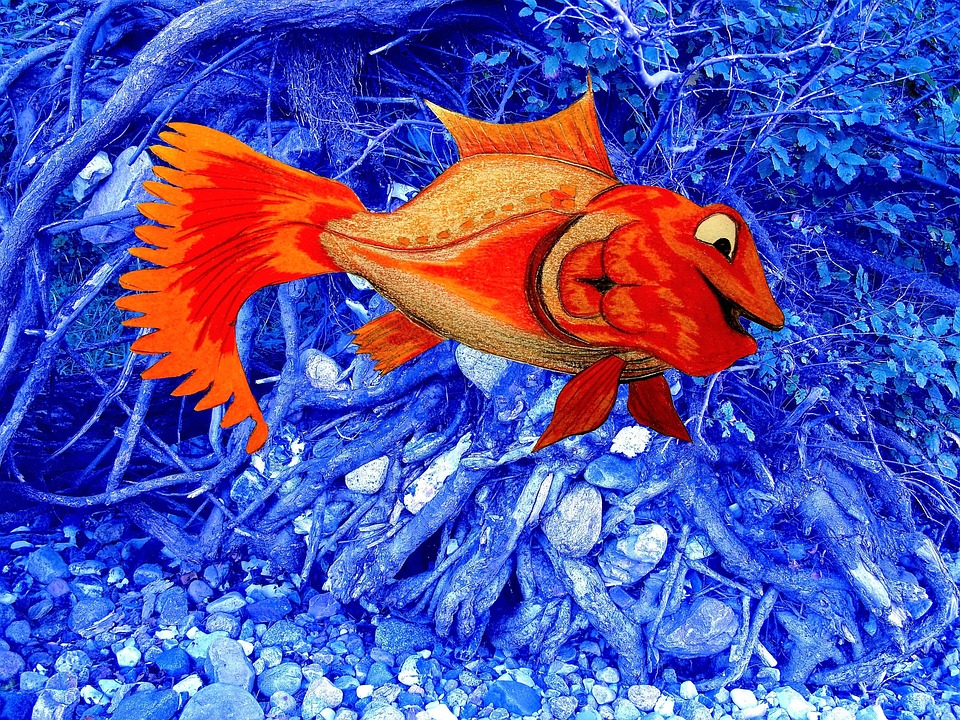Fish behavior is not only fascinating but also crucial for their overall well-being and survival. Whether in natural or captive environments, understanding fish behavior is essential for ensuring their optimal health and happiness. In this article, we will delve into the science behind fish behavior and explore how behavior modification techniques can be used effectively to create a harmonious aquarium or pond environment.
The Basics of Fish Behavior:
Fish exhibit both innate and learned behaviors. Innate behaviors are instinctual and include activities such as spawning, feeding, and predator avoidance. These behaviors are often genetically programmed and are crucial for the survival of the species. Understanding innate behaviors helps us provide suitable conditions for fish in captivity, such as appropriate feeding and hiding spaces, to mimic their natural environment.
Learned behaviors, on the other hand, are acquired through observation and experience. Fish can learn from their interactions with other fish and their environment. Environmental factors such as water quality, temperature, and lighting can influence learned behaviors. Additionally, rewards and punishments play a role in shaping learned behaviors through a process called behavioral conditioning.
The Science of Behavior Modification:
Behavior modification techniques are based on the principles of operant conditioning. Positive reinforcement techniques involve using rewards to reinforce desirable behaviors in fish. This can include providing food treats or praise when the fish exhibits the desired behavior. By associating the behavior with a positive outcome, the fish is more likely to repeat it.
Negative reinforcement techniques involve the use of aversive stimuli to discourage undesirable behaviors. It is important to note that negative reinforcement should be used with caution and ethical considerations. Proper application of negative reinforcement techniques, such as removal of a stressor or aversive stimulus, can help modify fish behavior effectively.
Counterconditioning and desensitization are techniques used to overcome fear and anxiety in fish. By gradually exposing fish to stressors and pairing them with positive experiences, their fear response can be modified. Patience and consistency are key in counterconditioning, as it may take time for fish to become comfortable with previously fearful situations.
FAQs:
Q1: Can all fish species be trained using behavior modification techniques?
A: While most fish species can be trained to some extent, the degree of training and responsiveness may vary. Some species may be more intelligent or have a greater capacity for learning than others.
Q2: How long does it take to modify fish behavior effectively?
A: The time required to modify fish behavior varies depending on the species, the desired behavior, and the individual fish. It can range from a few days to several weeks or months.
Q3: What are the potential risks of using negative reinforcement techniques?
A: Improper application of negative reinforcement techniques can cause stress and harm to fish. It is crucial to understand the specific needs and limitations of each species before using such techniques.
Q4: Can fish forget their learned behaviors over time?
A: Fish can forget their learned behaviors if they are not reinforced consistently. Regular practice and reinforcement are necessary to maintain and reinforce desired behaviors.
Q5: Are there any professional trainers who specialize in fish behavior modification?
A: While fish behavior modification is a niche field, there are professionals who specialize in training and modifying fish behavior. These individuals have a deep understanding of fish behavior and employ various techniques to achieve desired outcomes.
Conclusion:
Understanding fish behavior is essential for maintaining a healthy and thriving aquatic environment. By applying the science of behavior modification, we can shape fish behavior to create harmonious communities in aquariums and ponds. Patience, consistency, and ethical considerations should always guide our approach to modifying fish behavior. So, dive into this fascinating world and witness the incredible transformations that can be achieved through understanding and applying behavior modification techniques.









